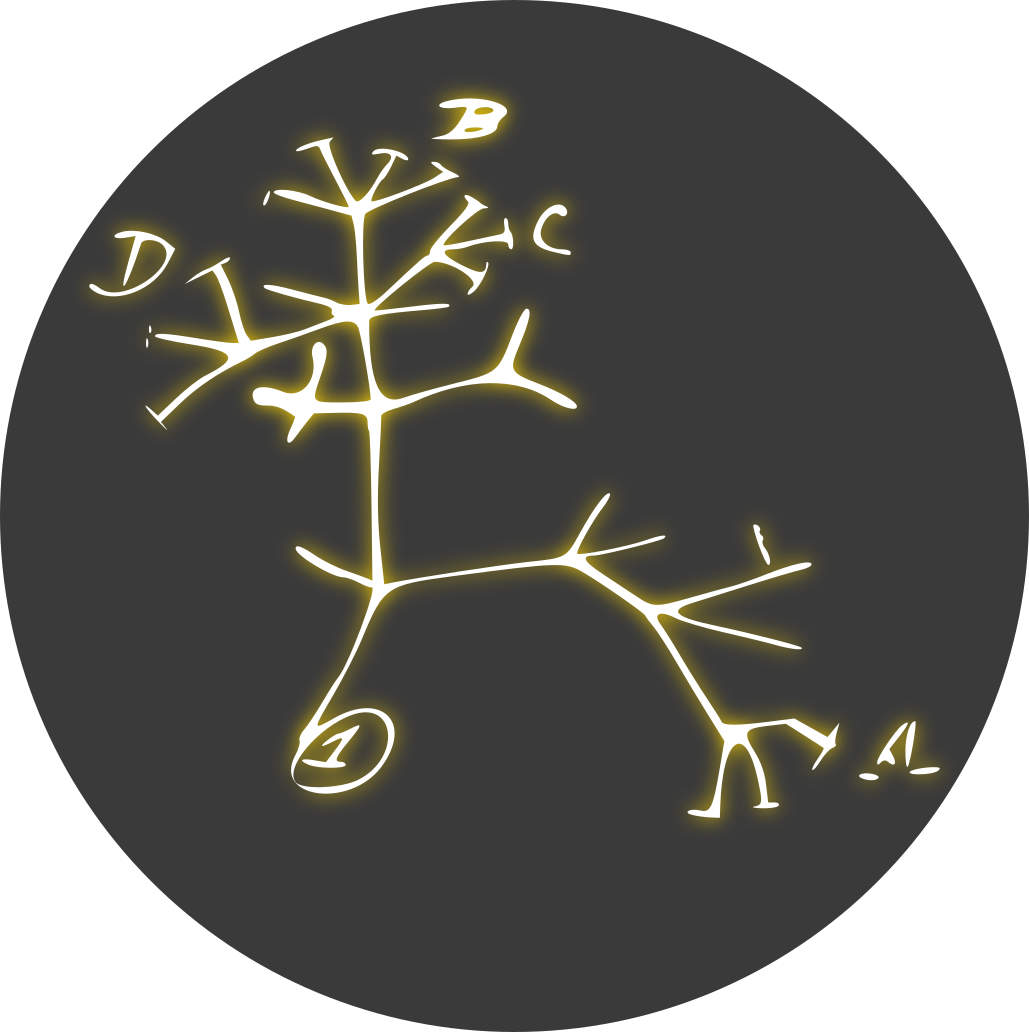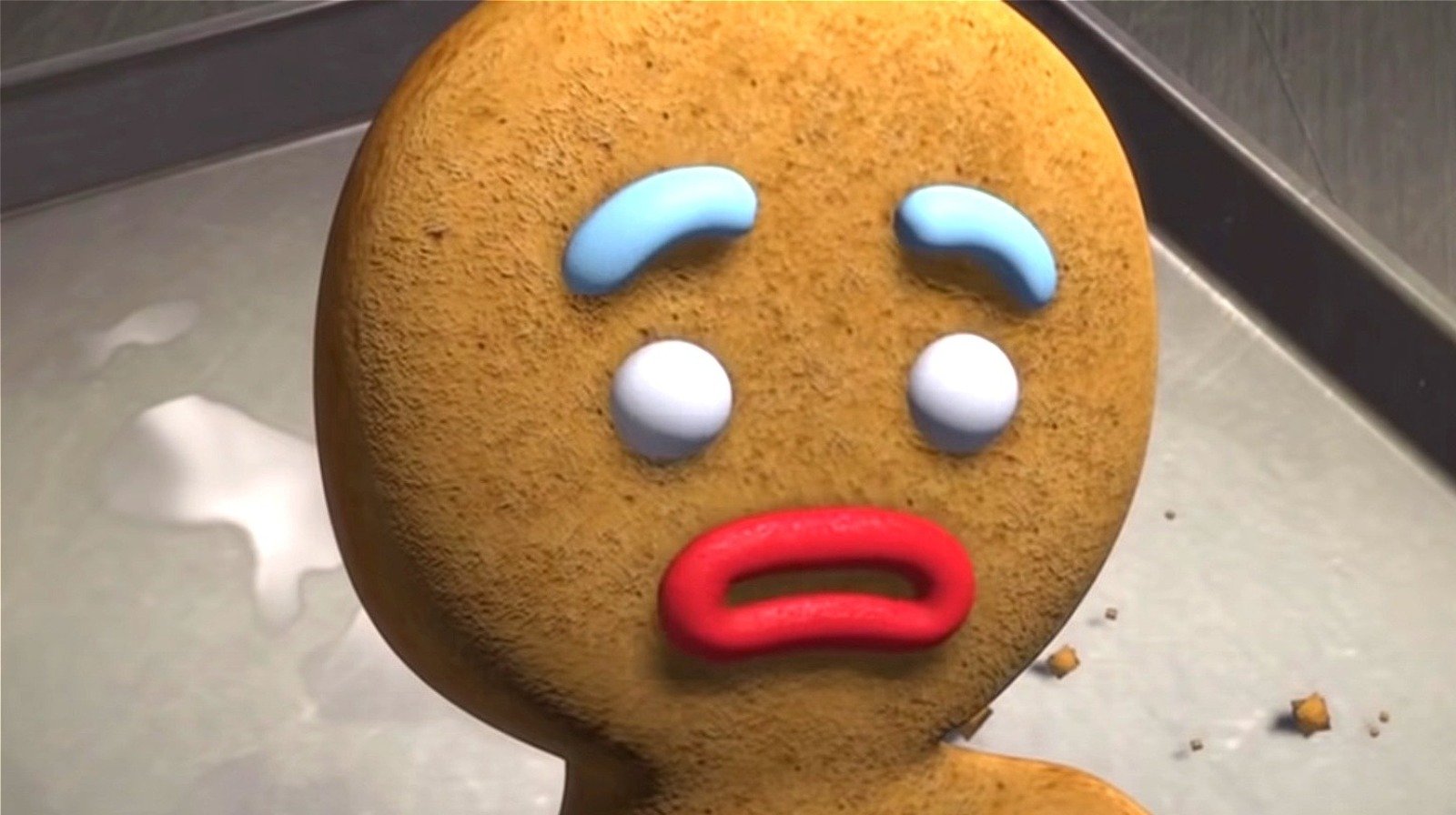New estimates indicate that title belongs to an ancient creature called yo mama
Thanks for the free laugh.
Yes everyone who clicked on this post to make the yo mama joke, this fucker got to it first.
There’s a great science principle on display here.
We learn by discovering what we were wrong about, in increasing detail. It doesn’t always feel great, but it’s still pretty cool.
Also, an equally important life principle is also in play:
Marine animals are cool and really big animals are cool and evidence left by prehistoric things is cool. And when all three are in play, the coolness is cubed.
This is the best summary I could come up with:
“The numbers don’t make any sense,” said Nicholas Pyenson, a paleontologist at the Smithsonian National Museum of Natural History and one of the authors of the new study.
In their new analysis, Dr. Pyenson and Ryosuke Motani, a paleontologist at the University of California, Davis, concluded that Perucetus probably weighed 60 to 70 tons, which would have made it about the size of a sperm whale.
Dr. Urbina and his colleagues reconstructed the full skeleton of Perucetus by studying the much smaller whales that lived at the same time.
They also drew inspiration from living manatees, which have dense skeletons that let them stay underwater to graze on sea grass.
Eli Amson, an expert on bone tissue at the State Museum of Natural History in Stuttgart, Germany and an author on the original study, disagreed with the new approach.
They are finding that Perucetus was even more manatee-like than they originally believed, strengthening their conclusion that it rivaled or surpassed the blue whale in weight, he said.
The original article contains 648 words, the summary contains 167 words. Saved 74%. I’m a bot and I’m open source!




